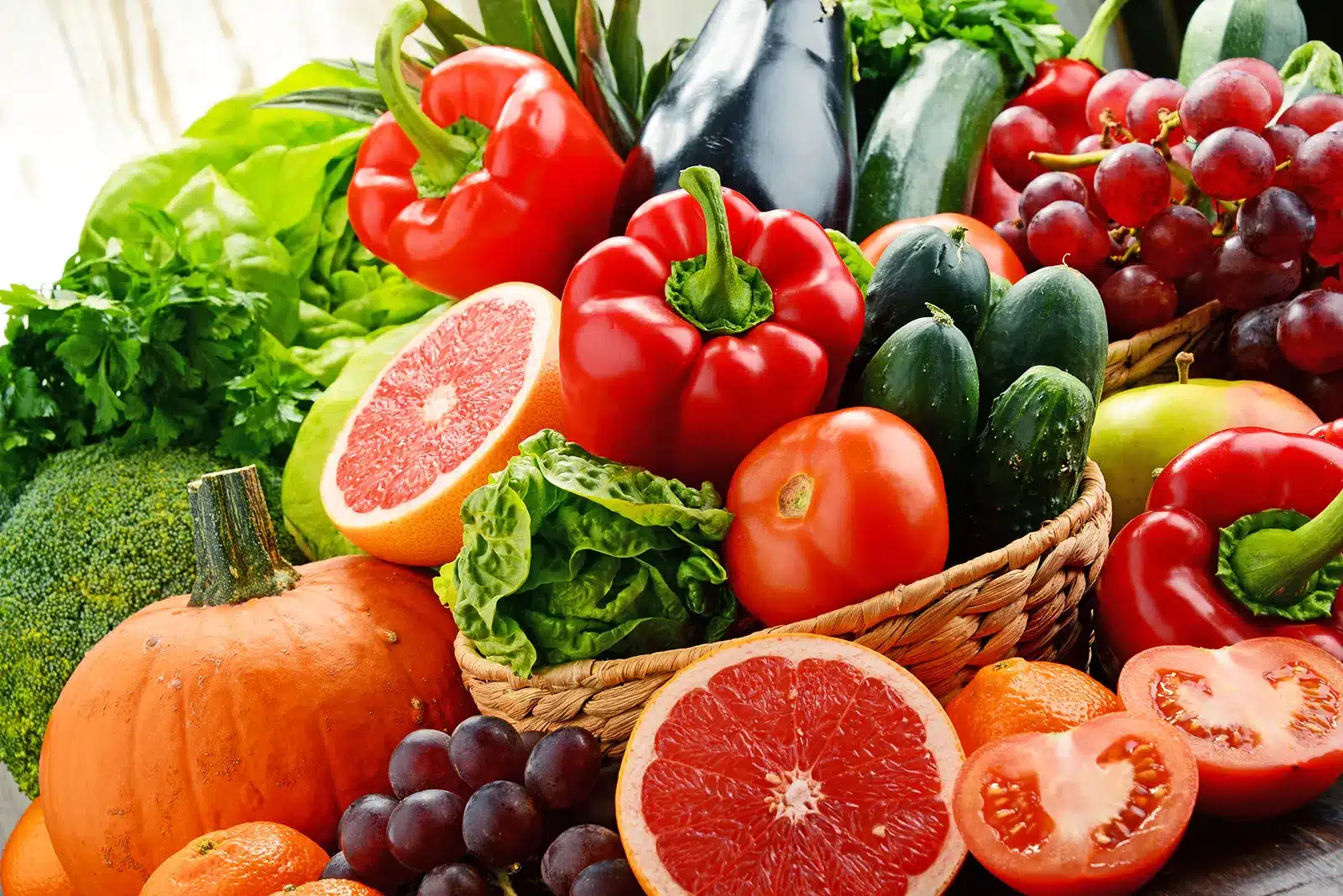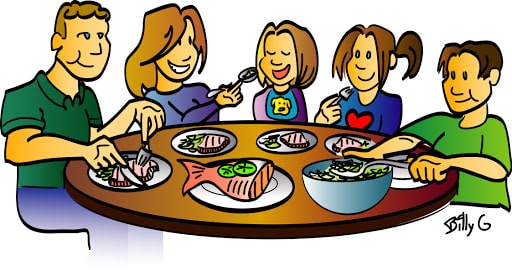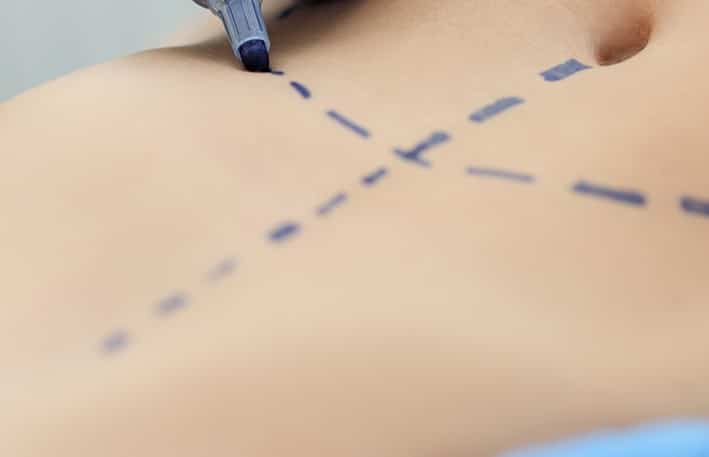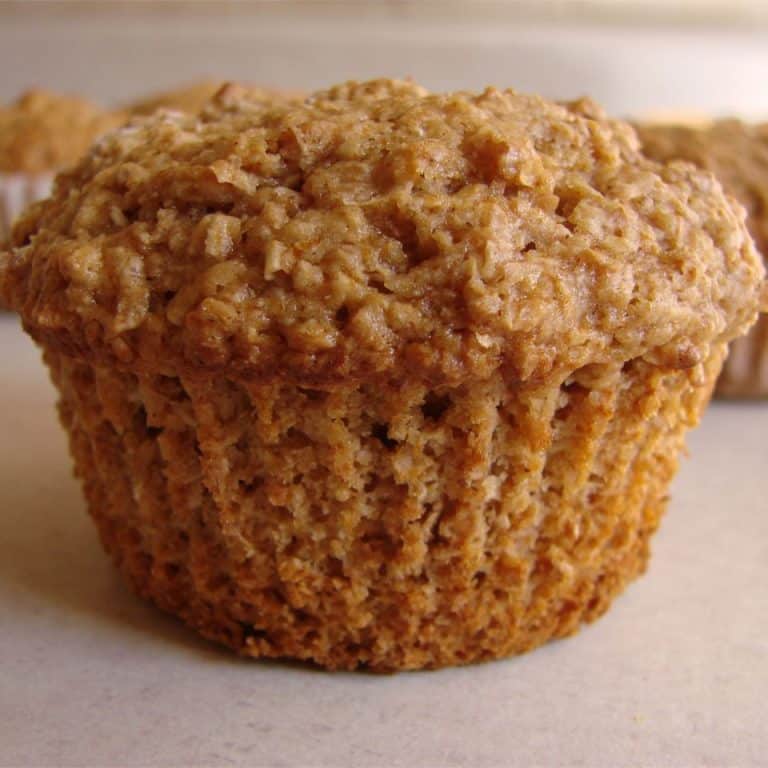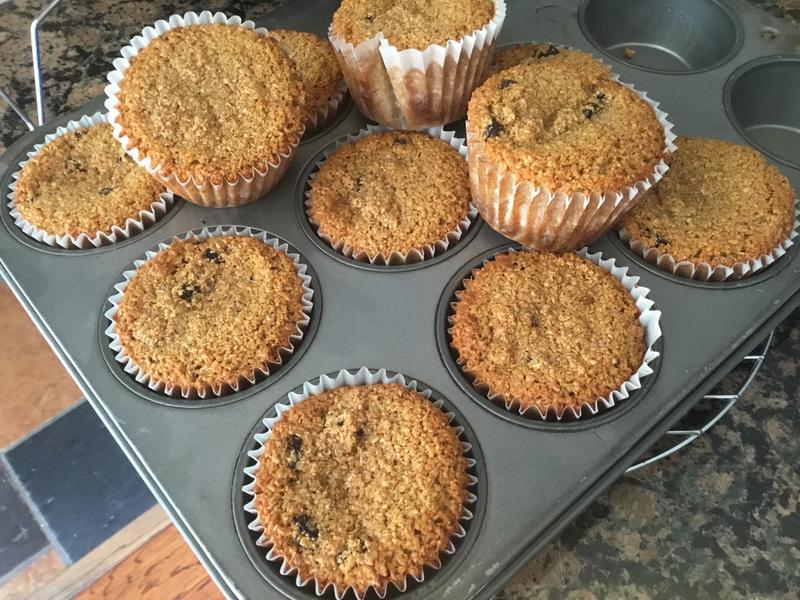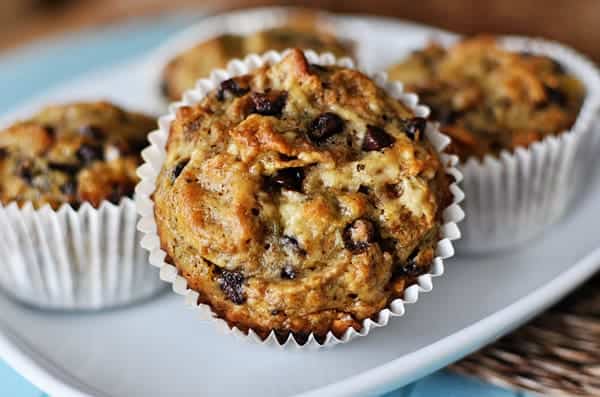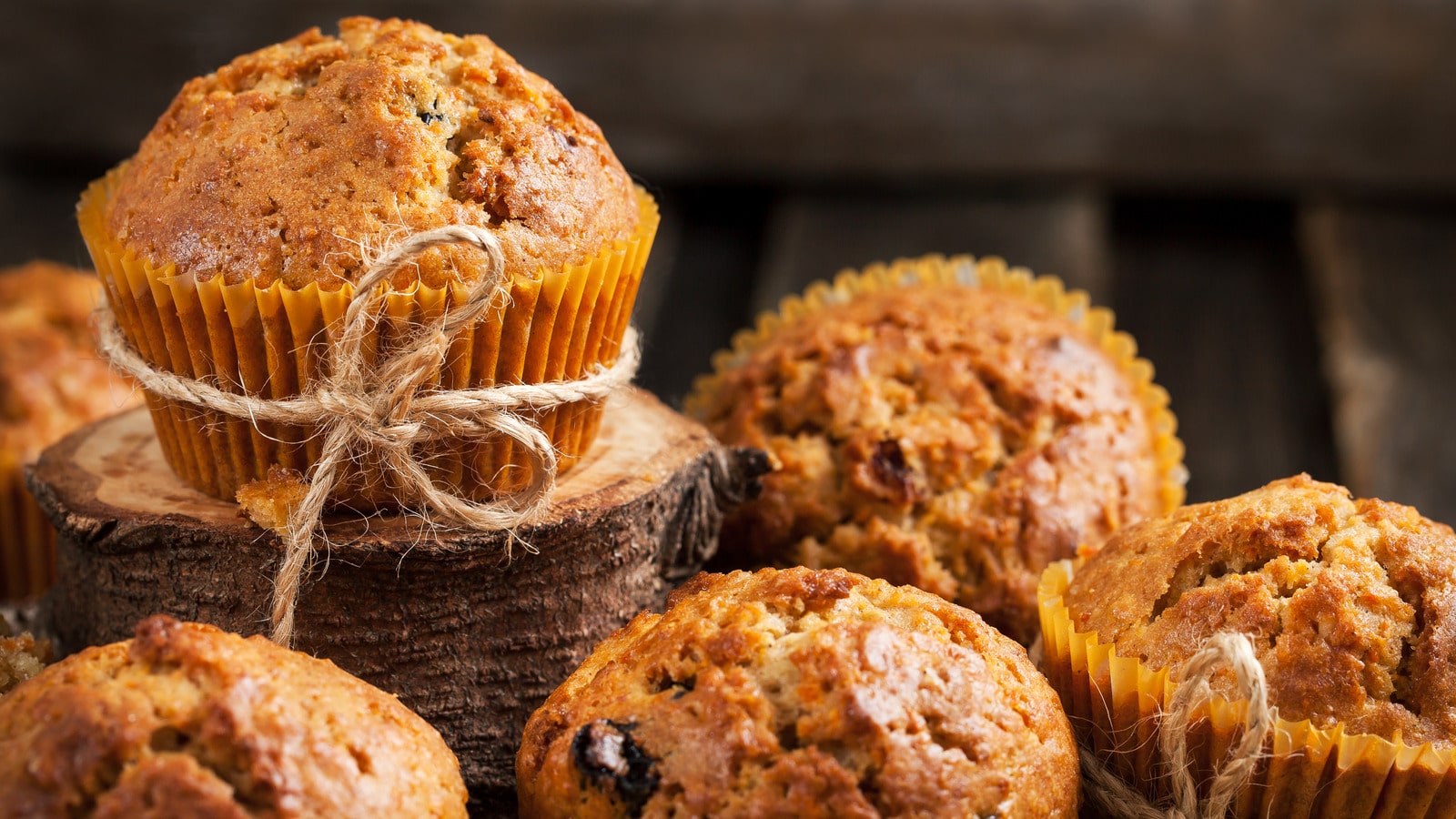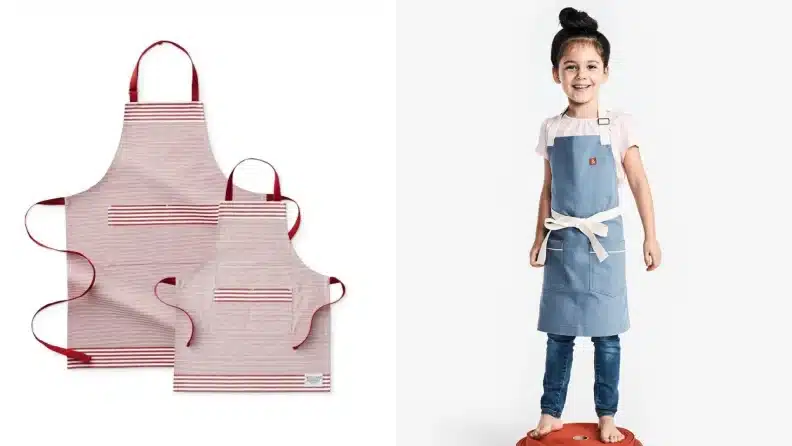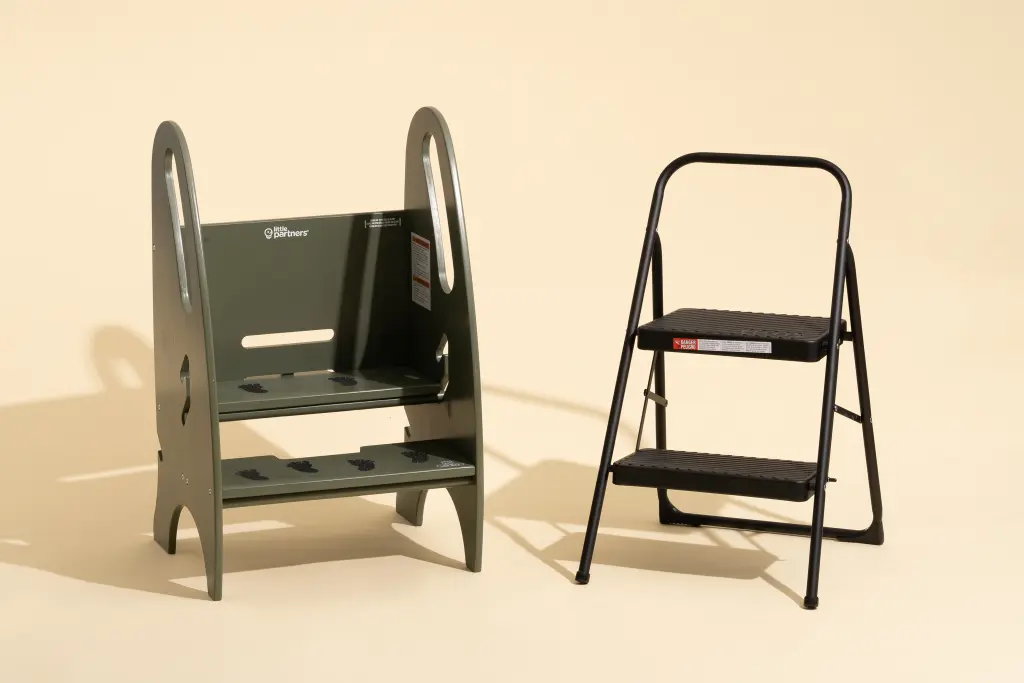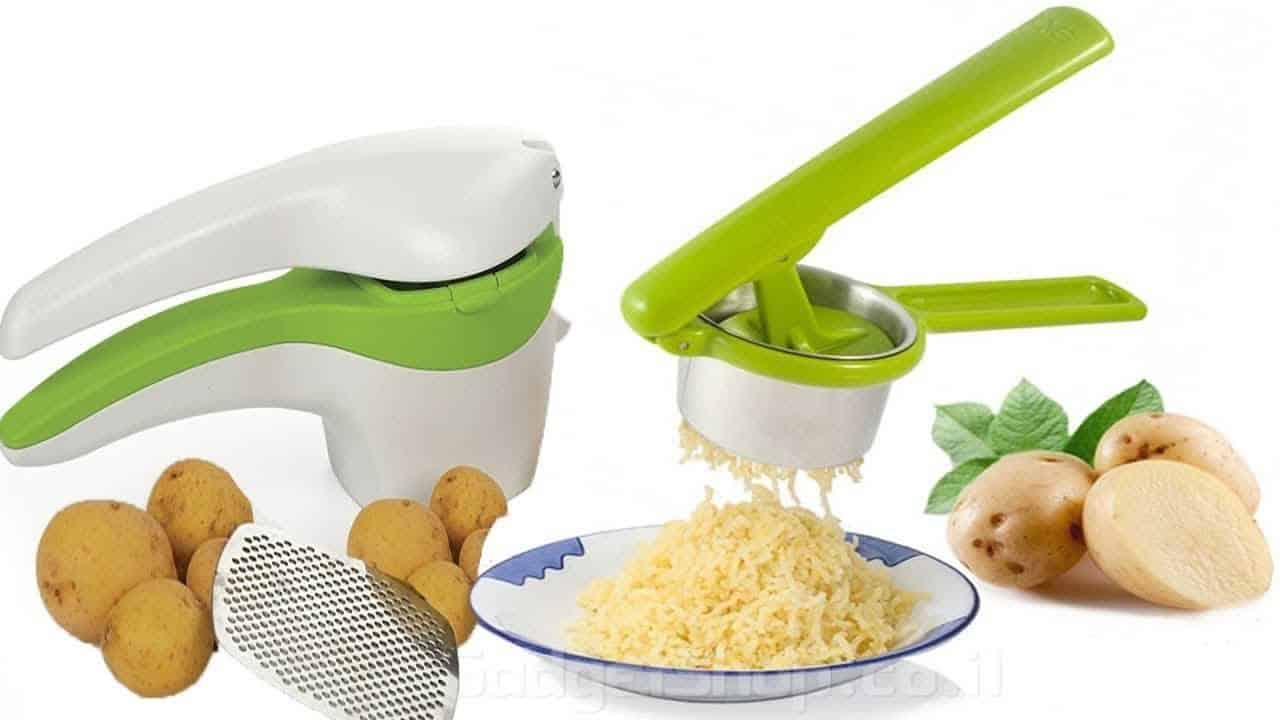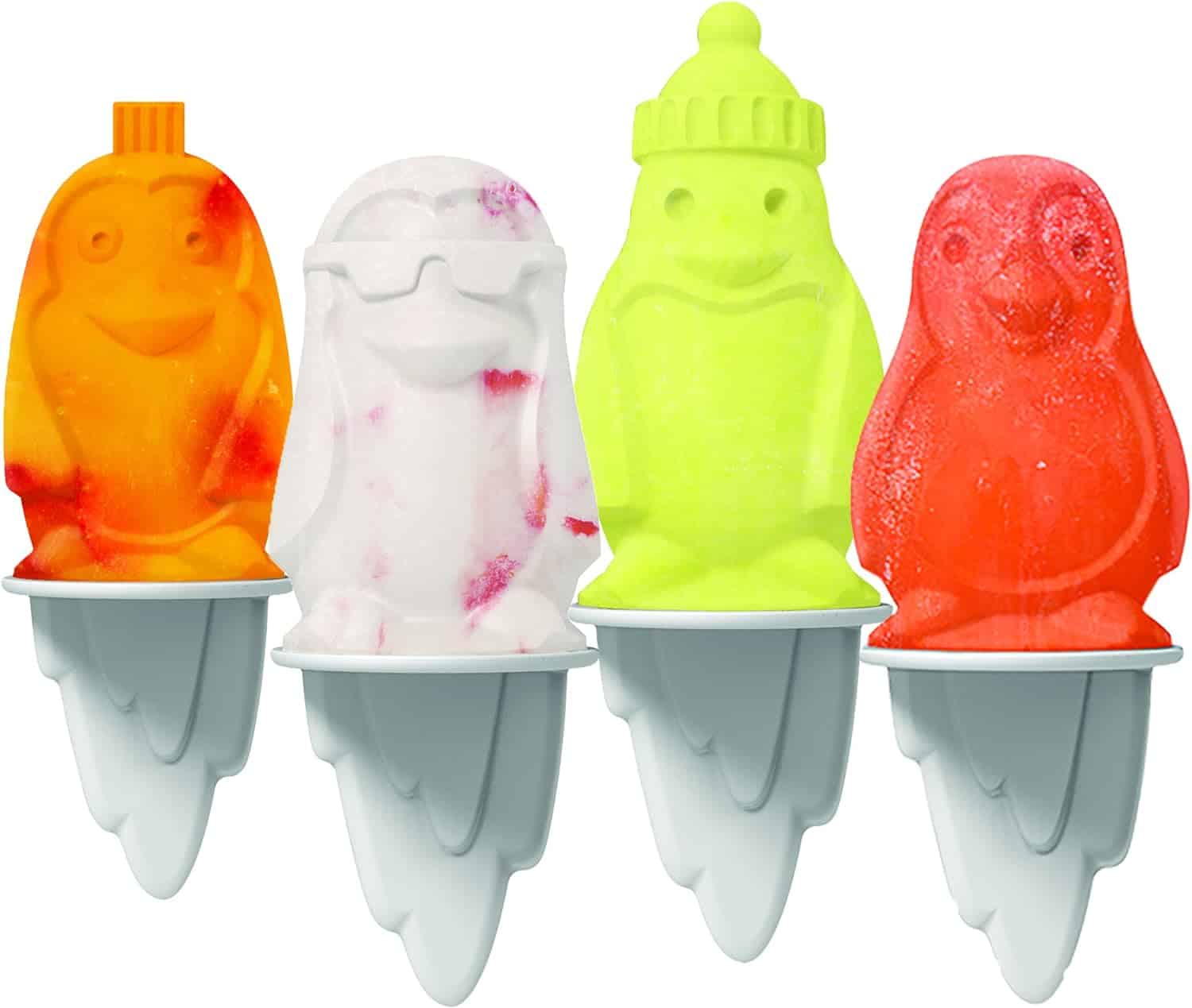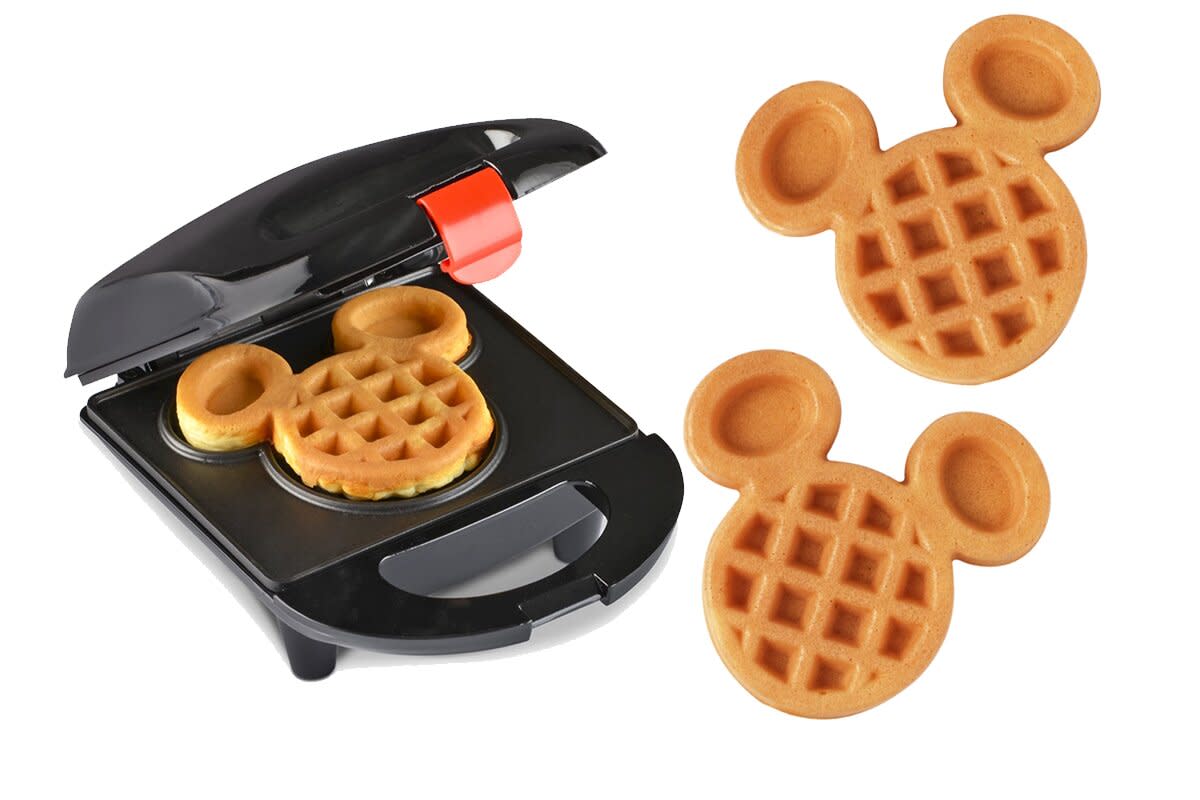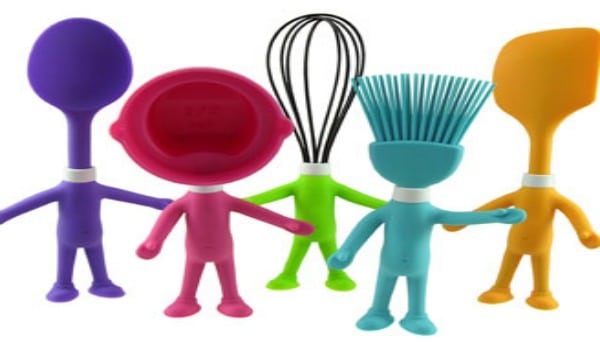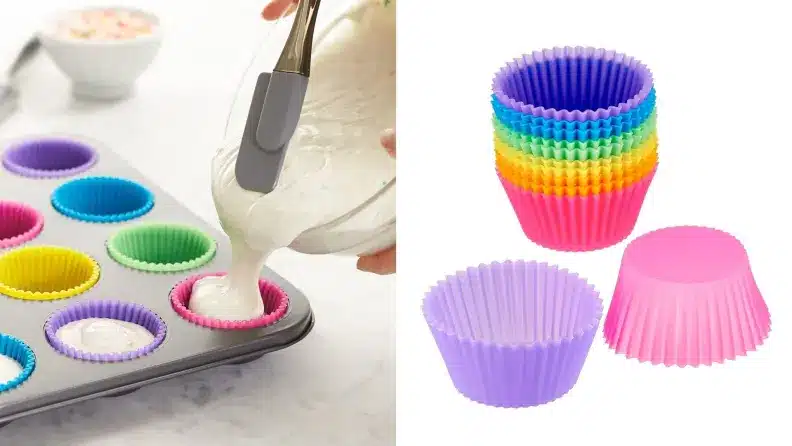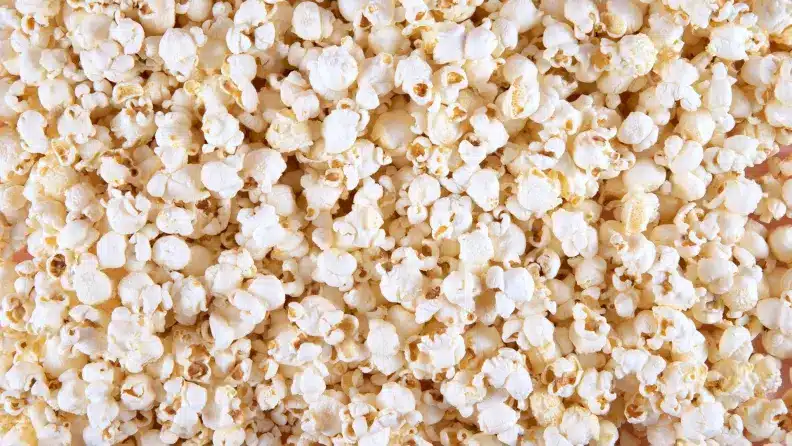As parents, ensuring the safety and well-being of our children is our top priority. This responsibility comes with an added layer of complexity for parents of children with food allergies. From navigating grocery store aisles filled with potential allergens to constantly monitoring school lunches and social gatherings, managing a child’s food allergies can feel daunting.
However, with the right information and resources, you can empower yourself to effectively nurture safety and provide a supportive environment for your child. This article will explore strategies and tips for effectively managing your child’s food allergies, from understanding common allergens to creating allergy-friendly meal plans and educating others on the importance of food safety. Join us as we delve into the world of food allergies and discover how you can proactively nurture safety for your child.
Partnering with Clinics for Your Child’s Well-being
Partnering with clinics for your child’s well-being is crucial for managing food allergies. Clinics specialised in pediatric allergies can provide comprehensive care, including diagnosis, treatment, and ongoing management of your child’s condition. Working closely with healthcare professionals ensures your child receives the best care and support for their food allergies.
Clinics can also provide valuable resources and information to help you navigate the challenges of managing food allergies. They can offer guidance on reading food labels, identifying hidden allergens, and creating a safe environment for your child at home, school, and social events. By partnering with clinics, you can access the latest research and developments in pediatric allergies, ensuring you are equipped with the most up-to-date information to keep your child safe and healthy.
By working collaboratively with healthcare professionals like an allergy clinic in London, you can empower yourself with the knowledge and resources needed to provide your child with a safe and supportive environment. You can create a plan that meets your child’s unique needs and helps them thrive despite their food allergies.
Identifying and Responding to Allergic Reactions in Children
Identifying and responding to allergic reactions in children is crucial for parents of children with food allergies. It is important to be proactive in recognizing the signs and symptoms of an allergic reaction, such as hives, swelling, difficulty breathing, or vomiting. Educating yourself on your child’s specific food allergies and triggers can help you prevent potential allergic reactions. Keep a list of allergens to avoid, and always read food labels carefully to ensure your child’s safety.
In an allergic reaction, it is important to respond quickly and appropriately. Administer any prescribed medication, such as an antihistamine or epinephrine auto-injector, as your child’s healthcare provider instructs.
Seek immediate medical attention if symptoms are severe or do not improve. It is also important to communicate with your child’s school, friends, and family about their food allergies and emergency action plans. By being prepared and vigilant, you can help keep your child safe and nurture a supportive environment for them to thrive despite their food allergies.
Creating an Allergy-Safe Home Environment
Creating an allergy-safe home environment is crucial for parents of children with food allergies. One of the first steps is to educate yourself and your family about the specific allergens your child is allergic to. Make sure everyone in the household knows how to read food labels and understands the importance of avoiding cross-contamination. It may also be helpful to keep a list of safe foods and brands approved for your child to consume.
In addition, it is important to regularly clean and sanitize your kitchen to prevent accidental exposure to allergens. This may include using separate cutting boards and utensils for preparing allergen-free meals and thoroughly cleaning any surfaces that may have come into contact with allergens.
Consider also implementing designated “safe zones” in your home where allergens are strictly prohibited, such as the dining table or food storage areas. By taking these proactive steps, you can create a safe and supportive environment for your child with food allergies.












 Ensuring that CBD effectively targets and soothes joint discomfort in dogs also involves appropriate dosage and administration. The specific dose may vary depending on factors such as the dog’s weight, the severity of joint issues, and the form of CBD used (oil, capsules, treats, etc.).
Ensuring that CBD effectively targets and soothes joint discomfort in dogs also involves appropriate dosage and administration. The specific dose may vary depending on factors such as the dog’s weight, the severity of joint issues, and the form of CBD used (oil, capsules, treats, etc.).


